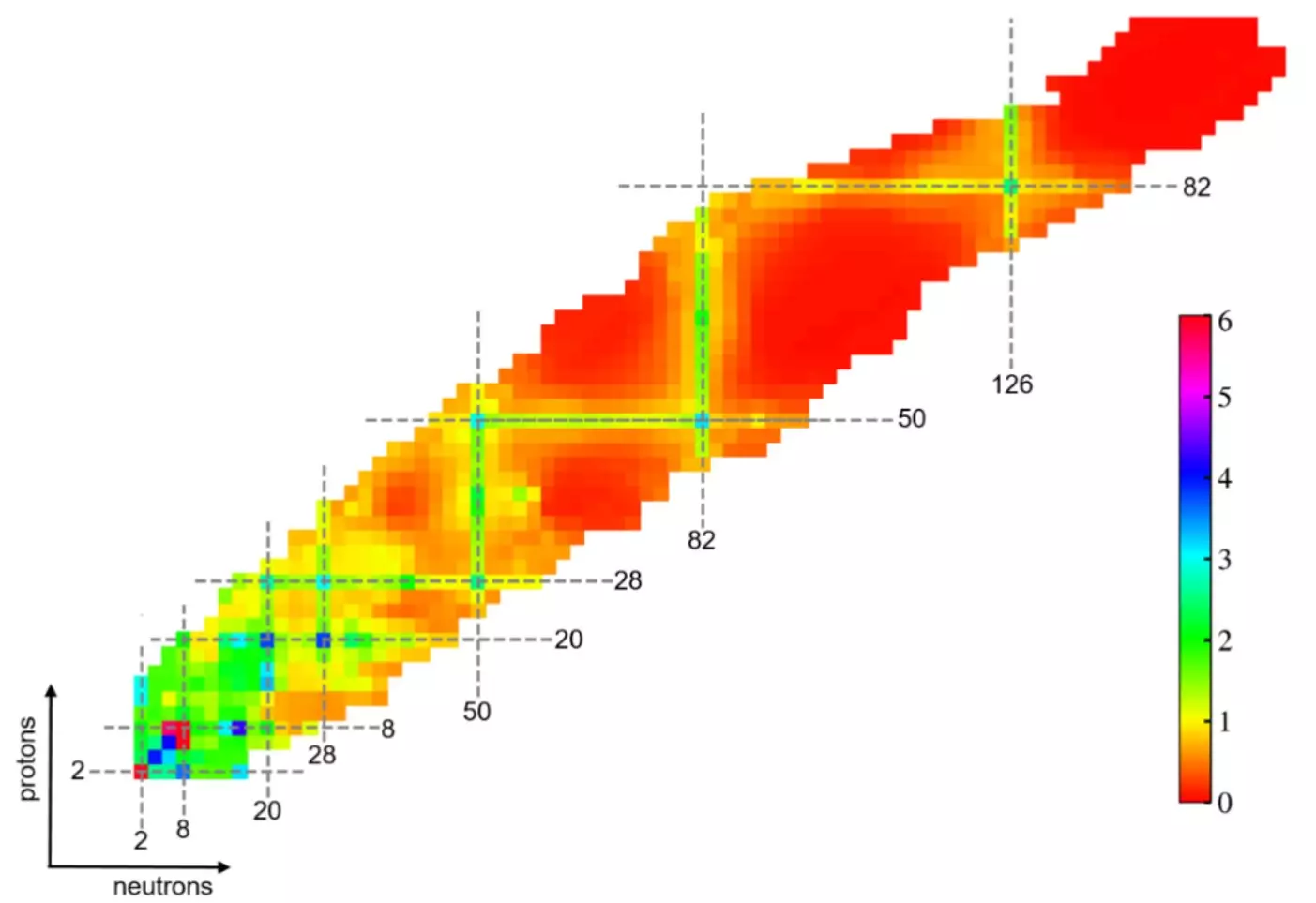In an innovative endeavor that marries technology with fundamental physics, a research team has explored the intricate evolution of shell structures in atomic nuclei that lie significantly removed from the stability valley. The implications of this groundbreaking study, published in *Physics Letters B*, not only challenge pre-existing notions about traditional magic numbers but also showcase the utilization of machine learning as a potent tool in nuclear physics. This collaborative effort, involving researchers from the Institute of Modern Physics (IMP) of the Chinese Academy of Sciences, Huzhou University, and the University of Paris-Saclay, has led to significant insights into specific isotopes, notably oxygen-28 and tin-100.
The fundamental structure of atomic nuclei, comprising protons and neutrons, has intrigued scientists since the 1930s when the concept of magic numbers was introduced. These numbers—2, 8, 20, 28, 50, 82, and 126—represent configurations where nuclei exhibit enhanced stability due to the filled energy levels of protons and neutrons. These stabilized configurations are akin to the noble gases in chemistry, where full electron shells confer stability. This research highlights a pivotal moment in nuclear physics by questioning whether these magic numbers retain their validity in nuclei that deviate from the stability line.
As researchers dive deeper into the nuclear landscape, an intriguing observation arises: the traditional neutron magic number of 20 seems to vanish in the case of oxygen-28, while tin-100 continues to exhibit the robustness of the magic number 50. Through their machine learning algorithm, the team has not only provided a high-precision reproduction of existing experimental data but has also presented a critical reevaluation of established theories, suggesting that the rules governing nuclear structures are far more complex and nuanced than previously understood.
The application of machine learning in this domain marks a transformative approach to analyzing nuclear data. By leveraging advanced algorithms, the research team addressed the challenges associated with traditional models, which failed to encapsulate the intricacies of nuclear interactions effectively. According to Wang Yongjia from Huzhou University, the superior accuracy of their findings eclipsed that of existing models and even other machine learning initiatives. By examining numerous features of atomic nuclei, they successfully revealed nuanced behaviors and phenomena that would be difficult to discern through classical methodologies alone.
Implications for Future Research and Theoretical Models
The insight derived from this study offers promising pathways for advancing nuclear theory and experimental physics. The disappearance of the magic number in oxygen-28 poses questions about the constancy of nuclear structure, prompting deeper investigations into the model’s parameters. Moreover, the findings underscore the necessity of incorporating essential nuclear properties to refine machine learning methods further. This progressive integration could lead to a new paradigm in predicting nuclear characteristics and guiding future experimental endeavors.
The outcomes of this research hold broad implications for laboratories that specialize in rare isotopes, such as the High Intensity Heavy-Ion Accelerator Facility in China. These facilities will find relevance in future experiments designed to validate and expand upon the findings related to low-lying excitations and electromagnetic transitions. The collaboration across institutions epitomizes a growing trend in nuclear physics—an interdisciplinary approach fueled by technological innovation, which could revolutionize our fundamental understanding of nuclear physics and its various applications.
The intersection of machine learning and nuclear physics heralds a new era where longstanding paradigms are reexamined and new theories emerge. Researchers are now equipped with advanced tools that enable them to peel back the layers of complexity within atomic nuclei, revealing new insights about their stability and structure. The collaborative research efforts underscore a collective commitment to redefining the principles that govern nuclear interactions as we step into what promises to be an exciting frontier in scientific exploration.


Leave a Reply